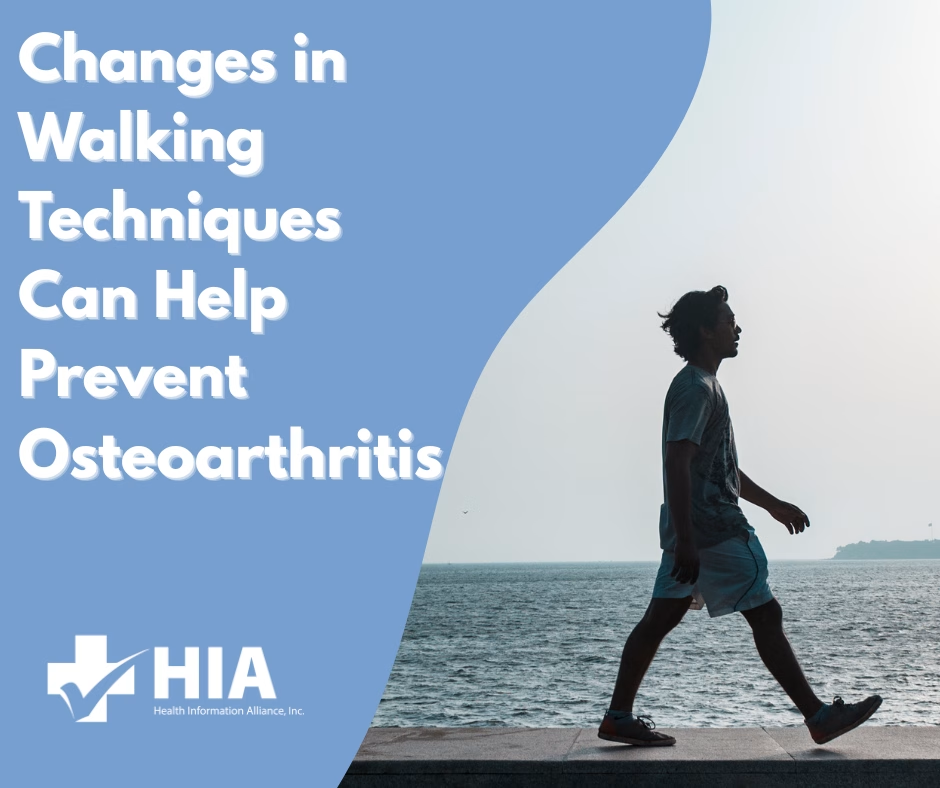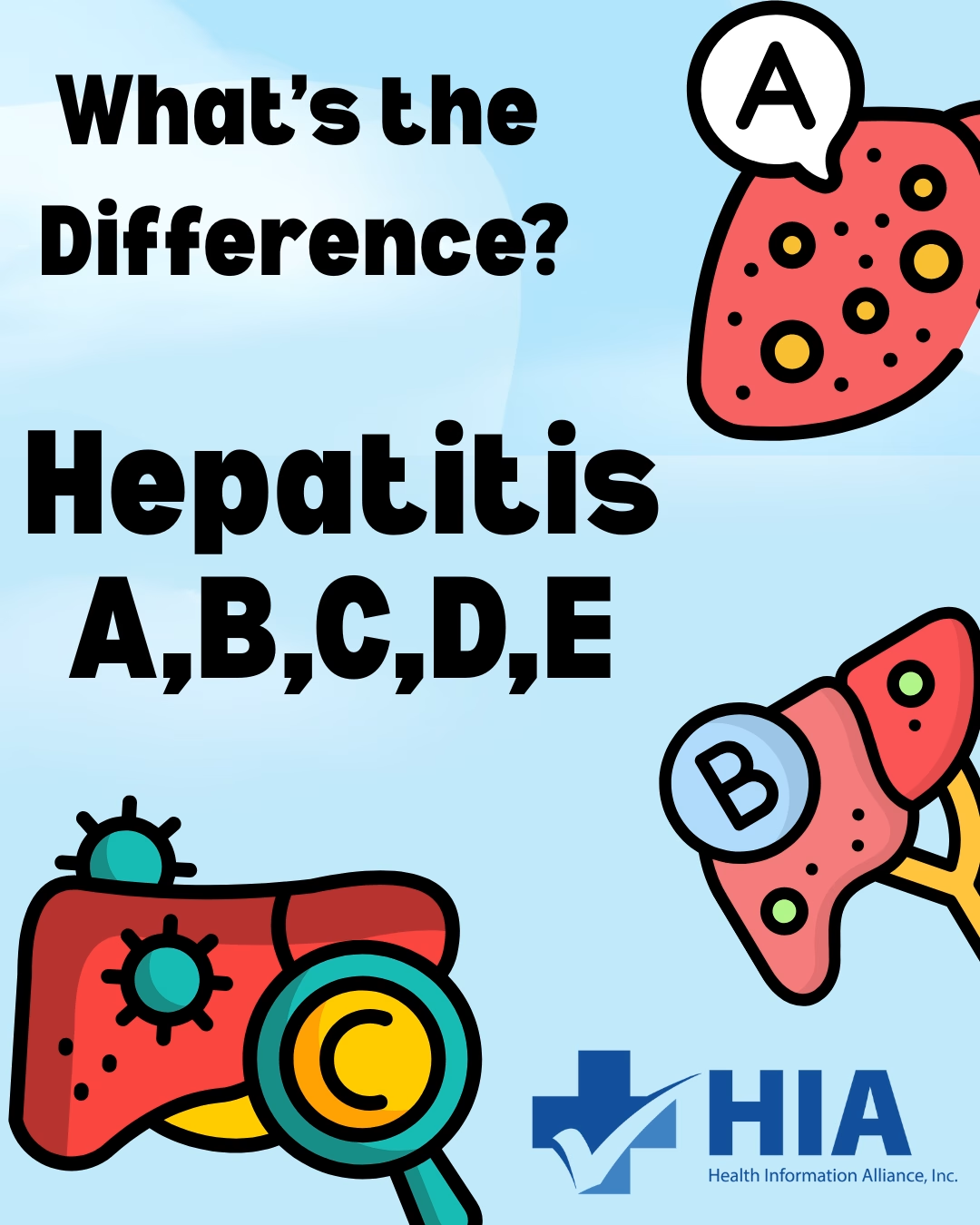Hospice Care and Palliative Care
Hospice care and palliative care are often heard of together, the premise may be the same, but they are different. Hospice care and palliative care both provide compassionate comfort care to those who are facing a serious illness and terminal illness with a focus on improving their quality of life.
Palliative care is a compassionate comfort care that provides relief from the symptoms and physical and mental stress of a serious or life-limiting illness, such as heart failure, chronic obstructive pulmonary disease (COPD), cancer, and many others. In palliative care, you do not have to give up treatment that might cure a serious illness. Palliative care may be provided at the time of diagnosis, during curative treatment and at the end of life. In addition to improving quality of life and helping with symptoms, palliative care can help patients understand their choices for medical treatment which can be achieved through a group of multidisciplinary palliative care professionals that work with the patient-family, and other professionals to provide medical, social, emotional, and practical support. The team is made of palliative care specialist doctors and nurses, and includes others such as social workers, nutritionists, and chaplains. Palliative care can be provided along with curative treatment and does not depend on prognosis. Doctors can provide treatment to seriously ill patients in the hopes of a cure for as long as possible.
As opposed to palliative care, hospice care is providing compassionate comfort care to people facing a terminal illness with a prognosis of six months or less focusing on the quality of life for people and their caregivers so they may live the remainder of their lives as fully and comfortably as possible. Its the approach focuses on caring, not curing, patients and caregivers accept death as the final stage of life. Hospice care affirms life while not trying to hasten or postpone death with an approach in treating the person and symptoms of the disease, rather than treating the disease itself. It is provided by a team of professionals made up of the patient’s personal physician, hospice physician (or medical director), nurses, home health aides, social workers, spiritual care providers or other counselors, bereavement professionals, speech, physical, and/or other occupational therapists and other trained volunteers who work together to manage symptoms so that a person’s last days may be spent with dignity and quality, surrounded by their loved ones. Collectively, they encompass an approach to care that is also family centered involving the patient and the family in making decisions, offering respite care to caregivers when they need a break and coaching family members on how to care for the dying family member.
Palliative care can be provided in the patient’s home, hospitals, nursing homes, outpatient palliative care clinics and certain other specialized clinics and where some services may be covered by Medicare, Medicaid, and other private health insurance all depending on the patient’s type of plan. Hospice care can be provided in the patient’s home, hospitals, nursing homes, assisted living facilities and freestanding hospice centers.
All hospice related care or services are covered under Medicare if it meets eligibility and requirements whereas palliative care patients do not have to meet the same requirements. The Medicare Hospice Benefit affords patients four levels of care to meet their clinical needs: Routine Home Care where an individual has elected to receive hospice care at their residence, General Inpatient Care, provided for pain control or other acute symptom management that cannot feasibly be provided in any other setting, Continuous Home Care, is a level of care provided between 8 and 24 hours a day to manage pain and other acute medical symptoms and Inpatient Respite Care where care is available to provide temporary relief to the patient’s primary caregiver.
The U.S. Centers for Medicare & Medicaid Services (CMS) in 2019 announced that Medicare Advantage plans would begin covering supplemental nonmedical benefits in 2020. This means participating hospices may have access to those supplemental payments which improves the approach even more by including payments for complementary therapies and programs to address social determinants of health instead.
It is important to discuss these types of care with your family because of its implications not just to the patient’s quality of life but also to the loved ones who act as caregivers. Like any other health care service, hospice care and palliative are evolving, constantly seeking towards improving the patient’s quality of life and providing support to family members and loved ones.






